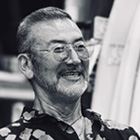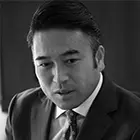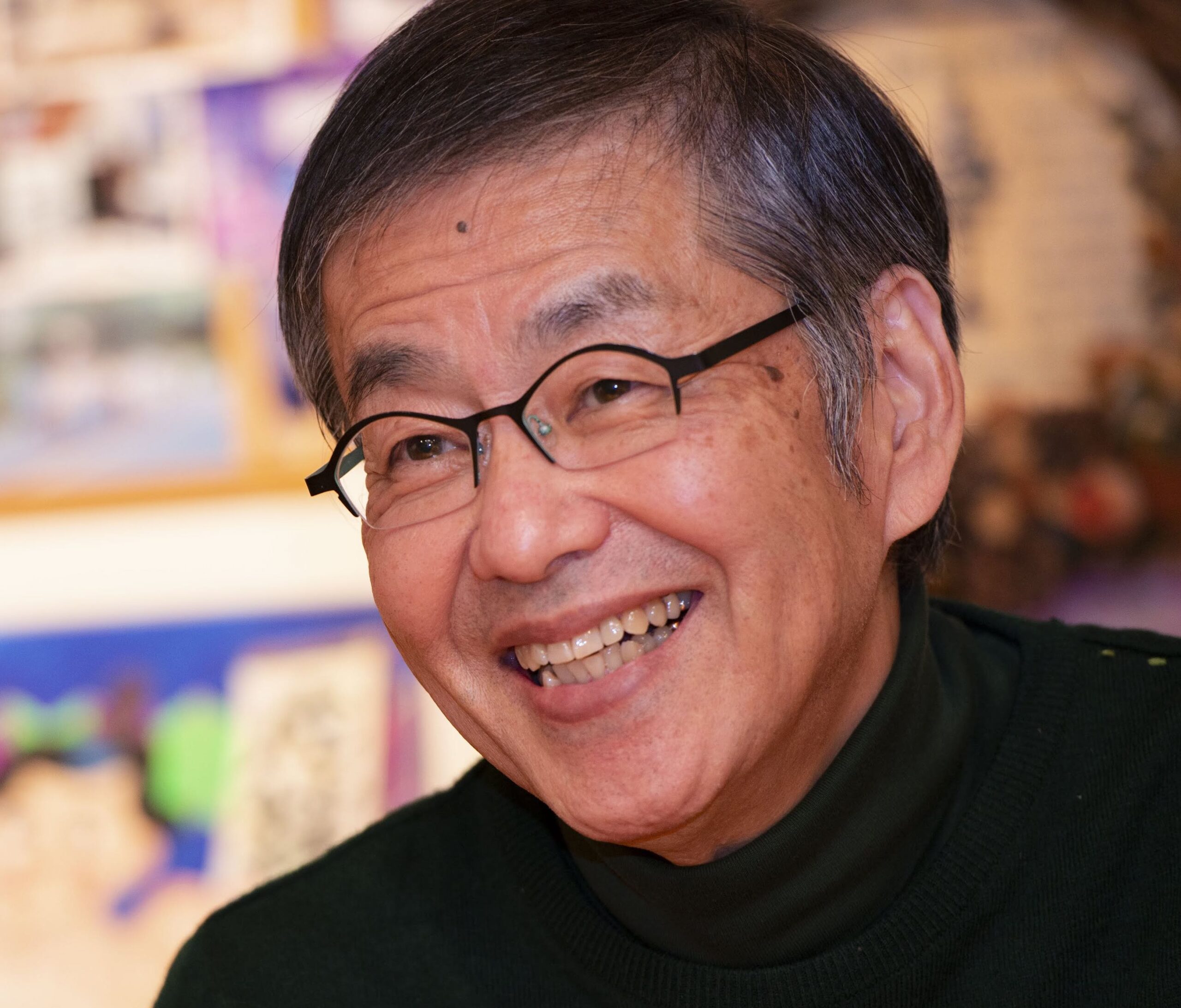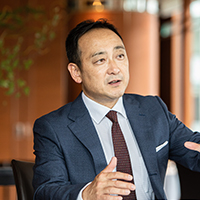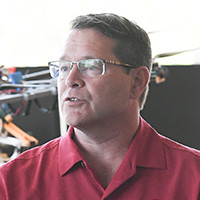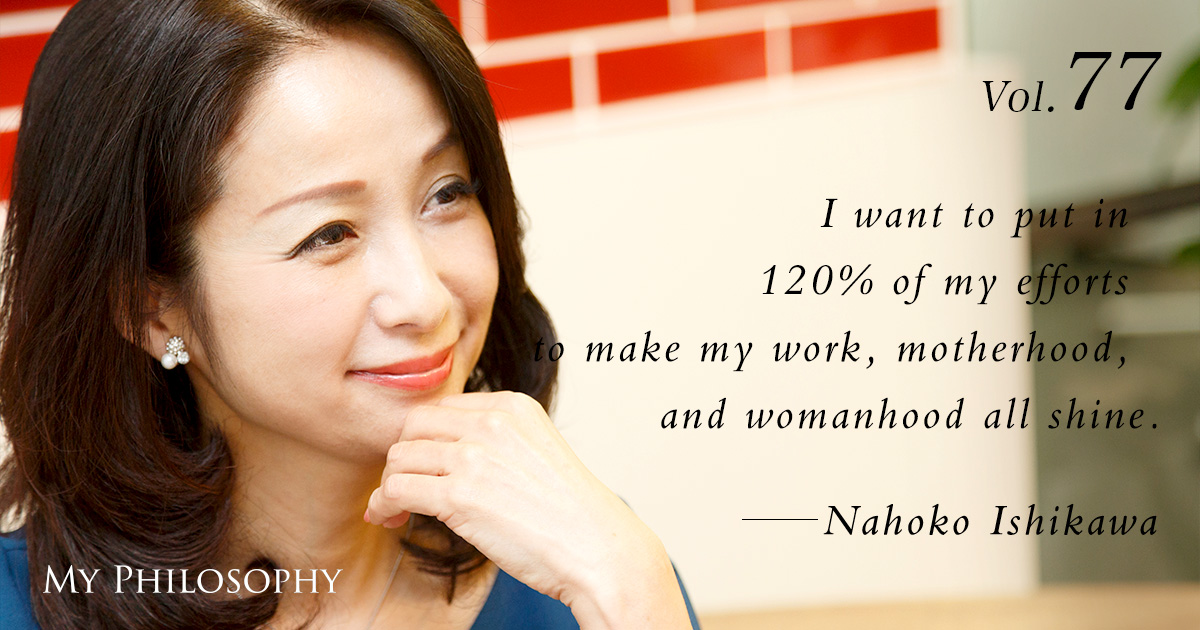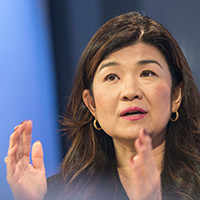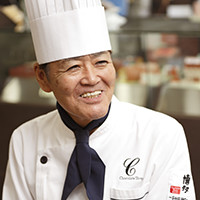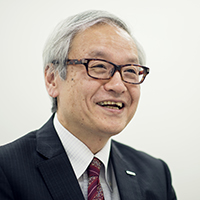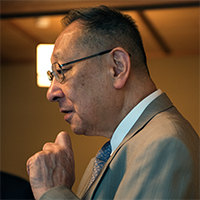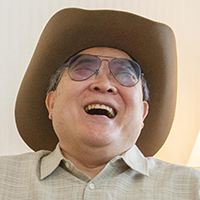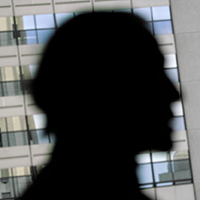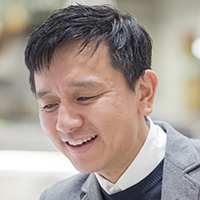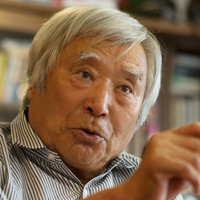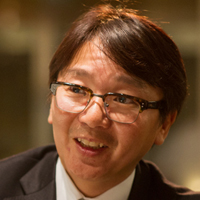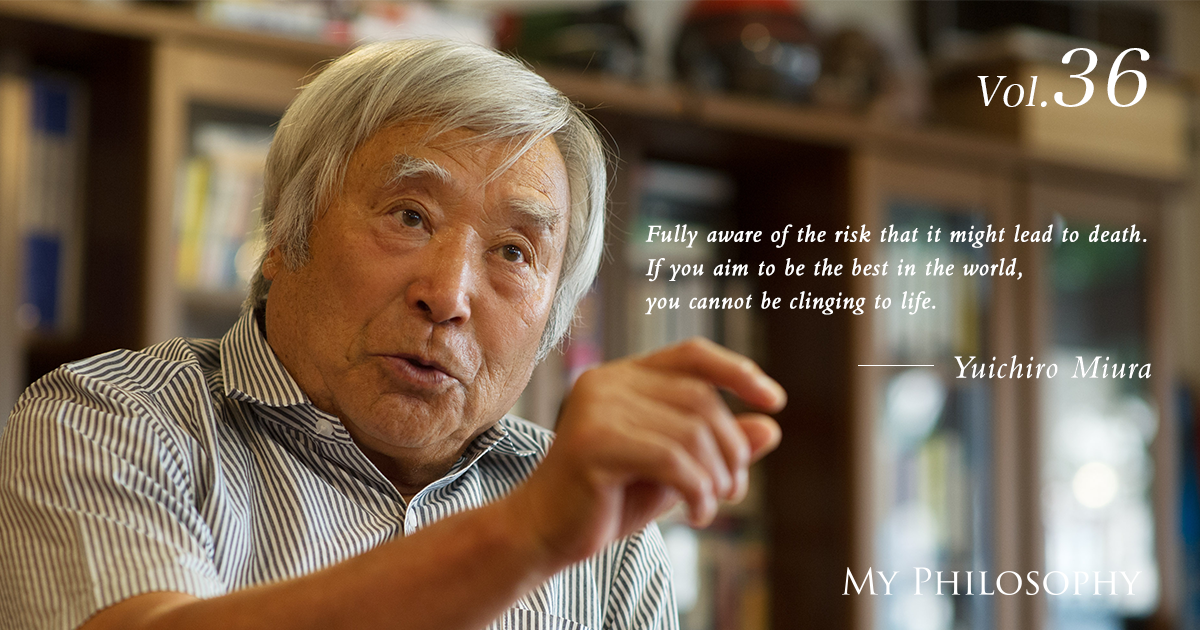
Mr. Yuichiro Miura, who achieved the summit of Everest, the highest peak in the world, at the age of 80 years and 224 days, becoming the oldest person in the world to do so. We inquired about the future challenge goals and other objectives he aims for, even as he remains aggressive at the age of 82.
Profile
Vol.36 Yuichiro Miura
Professional Skier | Principal of Clark Memorial International High School
Born in Aomori Prefecture in 1932, he graduated from the Faculty of Veterinary Medicine at Hokkaido University. In 1964, he became the first Japanese to participate in the Italian Kilomètre Lancé, establishing a then world record speed of 172.084 km/h. In 1966, he accomplished a direct descent of Mount Fuji. In 1970, he achieved a ski descent from the South Col of Everest at 8,000 meters, the highest point in the world, recognized by Guinness World Records. The documentary film of this feat, "The Man Who Skied Down Everest," won an Academy Award. In 1985, he completed ski descents from the highest peaks on all seven continents. He successfully summited Everest for the second time at the age of 75 in 2008, and for the third time at the age of 80 in 2013, updating the record for the world's oldest summit. Not only is he a professional skier and adventurer, but he also serves as the principal of Clark Memorial International High School, a nationwide correspondence high school with over 10,000 students enrolled.
He is the author of several books, including "Arukeba Arukuhodo Hito wa Wakagaeru (The more you walk, the younger you become)" (Shogakukan Inc.), "75sai no Everest (Everest at 75)" (Nikkei Publishing Inc.), and "Jinsei wa itsumo ‘ima’ kara (Life Always Starts From ‘Now’)" (KK Long-Sellers Publishing).
*Titles and other information are as of May 2015, when the interview was conducted.
Let Your Imagination Work on What You Love
 When I was 65, my years of overeating and excessive drinking caught up with me, and doctors declared I had only three years to live. So, I thought, if I’m going to die in three years anyway, why not train as if I were already dead and try to climb Everest once more, uncertain if I could make it or not. And then, I managed to stand on the summit. Achieving one goal opens the path to new challenges. Next was at 75, and then at 80, challenging myself every five years. Climbing Everest leaves you exhausted, so I spend about a year relaxing after returning home. But once back, I’m quite busy with lectures and the like, barely having time to rest as I travel across the country. It’s a great honor, but it does put a strain on my heart, which has arrhythmia, so a five-year interval between challenges is just right for me. I spend the first two years slowly recovering and then train for the next three years. It’s important to continue training without giving up, but I really push myself when it gets down to the wire.
Lately, it seems some people can’t find a goal, but I think you don’t have to think too hard about life goals. Just get absorbed in what you find interesting. If you like games, for example, why not try to come up with a new game or system yourself? Japanese education is all about learning from the textbook and the teacher, without much encouragement for thinking for oneself or exercising imagination in creative ways. The most important thing is to let your imagination work on what you love. I once thought about staying at university to become a professor. But I didn’t become the best in Japan at skiing as I had aimed for. So then, I thought, let’s aim to be the best in the world. And if that didn’t work out, let’s try something nobody in the world has ever done. That’s how I came to challenge myself with the direct descent of Mount Fuji and the great descent of Everest. In any field, there are countless things no one has ever done. If you let your imagination work, you might just see your own goals emerge.
When I was 65, my years of overeating and excessive drinking caught up with me, and doctors declared I had only three years to live. So, I thought, if I’m going to die in three years anyway, why not train as if I were already dead and try to climb Everest once more, uncertain if I could make it or not. And then, I managed to stand on the summit. Achieving one goal opens the path to new challenges. Next was at 75, and then at 80, challenging myself every five years. Climbing Everest leaves you exhausted, so I spend about a year relaxing after returning home. But once back, I’m quite busy with lectures and the like, barely having time to rest as I travel across the country. It’s a great honor, but it does put a strain on my heart, which has arrhythmia, so a five-year interval between challenges is just right for me. I spend the first two years slowly recovering and then train for the next three years. It’s important to continue training without giving up, but I really push myself when it gets down to the wire.
Lately, it seems some people can’t find a goal, but I think you don’t have to think too hard about life goals. Just get absorbed in what you find interesting. If you like games, for example, why not try to come up with a new game or system yourself? Japanese education is all about learning from the textbook and the teacher, without much encouragement for thinking for oneself or exercising imagination in creative ways. The most important thing is to let your imagination work on what you love. I once thought about staying at university to become a professor. But I didn’t become the best in Japan at skiing as I had aimed for. So then, I thought, let’s aim to be the best in the world. And if that didn’t work out, let’s try something nobody in the world has ever done. That’s how I came to challenge myself with the direct descent of Mount Fuji and the great descent of Everest. In any field, there are countless things no one has ever done. If you let your imagination work, you might just see your own goals emerge.
Incorporating the Latest Medical Science into Training
In my 30s, I had creativity and drive, which often put me at odds with the sports world in Japan. I even got fired for it. The 30s are the most passionate years. What you do in your 30s carries over into your 40s, and what you do in your 40s affects your 50s, and so on. As you age, you gradually start to feel more energetic towards everything. However, by the time you reach your 70s and 80s, your energy inevitably begins to wane. Before my Everest challenge at the age of 80, I suffered a fall at a ski resort at 76, fracturing my pelvis and the base of my femur. I was discharged from the hospital two months later, but I couldn’t find the motivation to train. My arrhythmia also worsened, and there were times I passed out and was rushed to the hospital, where I was treated with electric shocks. The expedition was in March, but my last heart surgery was on January 15. I had only two months to prepare, and I couldn’t afford to fail at rehabilitation. Everyone around me said it was impossible for me to climb. About a year before that, I had started getting regular testosterone injections. This turned out to be a good treatment for my heart condition. Not only did it improve my heart issues, but being a male hormone, it also gave me motivation. It was like being a high schooler again, happy about morning erections. It also has a blood-producing effect, increasing my blood supply. When you’re in the mountains, the air gets thinner, so without more blood, your physical abilities decline. Given my age, it was impossible to improve physical fitness through exercise alone, so I adopted testosterone injection therapy. Over those 12 years, I recorded the highest values in burst strength and muscle strength. I think incorporating such methods for vitality enhancement and anti-aging in middle-aged and older individuals is one way to go.
Before my Everest challenge at the age of 80, I suffered a fall at a ski resort at 76, fracturing my pelvis and the base of my femur. I was discharged from the hospital two months later, but I couldn’t find the motivation to train. My arrhythmia also worsened, and there were times I passed out and was rushed to the hospital, where I was treated with electric shocks. The expedition was in March, but my last heart surgery was on January 15. I had only two months to prepare, and I couldn’t afford to fail at rehabilitation. Everyone around me said it was impossible for me to climb. About a year before that, I had started getting regular testosterone injections. This turned out to be a good treatment for my heart condition. Not only did it improve my heart issues, but being a male hormone, it also gave me motivation. It was like being a high schooler again, happy about morning erections. It also has a blood-producing effect, increasing my blood supply. When you’re in the mountains, the air gets thinner, so without more blood, your physical abilities decline. Given my age, it was impossible to improve physical fitness through exercise alone, so I adopted testosterone injection therapy. Over those 12 years, I recorded the highest values in burst strength and muscle strength. I think incorporating such methods for vitality enhancement and anti-aging in middle-aged and older individuals is one way to go.
Everest as My Grave
 My current target is to live until 120. If you set your goal at 100, you might just be satisfied when you reach it. It’s not about living to 100 but being able to do what you love even at that age. More than two-thirds of people who are 100 today are almost bedridden, requiring care. Living a long life and being able to do interesting things is what makes life worth living. It’s important to have goals and keep pushing yourself.
My current target is to live until 120. If you set your goal at 100, you might just be satisfied when you reach it. It’s not about living to 100 but being able to do what you love even at that age. More than two-thirds of people who are 100 today are almost bedridden, requiring care. Living a long life and being able to do interesting things is what makes life worth living. It’s important to have goals and keep pushing yourself.
 Now, in 2018, at the age of 85, I’m planning to climb Cho Oyu in China, the sixth highest mountain in the world at 8,201 meters, and ski from its summit. If I’m still alive, I’ll climb Everest again at 90. There’s no place higher on Earth. It’s like touching the edge of space, testing how far I can go with my vitality. According to physiological calculations, standing on the summit of Everest makes a 20-year-old climber’s physiological age 90. So, by simple math, climbing at 90 would make you 160. While no one alive today has lived that long, it suggests the possibility of living to 150 or 160.
Now, in 2018, at the age of 85, I’m planning to climb Cho Oyu in China, the sixth highest mountain in the world at 8,201 meters, and ski from its summit. If I’m still alive, I’ll climb Everest again at 90. There’s no place higher on Earth. It’s like touching the edge of space, testing how far I can go with my vitality. According to physiological calculations, standing on the summit of Everest makes a 20-year-old climber’s physiological age 90. So, by simple math, climbing at 90 would make you 160. While no one alive today has lived that long, it suggests the possibility of living to 150 or 160.
I always do things with the thought that I could die happy if I achieve them, risking my life. Not just climbing Everest, but speed racing, skiing in the Antarctic and Arctic—all knowing that a single mistake could be fatal. If you don’t like that, there’s no need to do it. But if you aim to be the best in the world, you can’t be afraid to risk your life. If I die on Everest, that will be my grave. I believe there’s no better grave in the world.




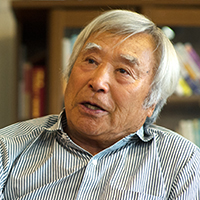 It was an enjoyable discussion. The boundless energy, bold and fresh ideas, and the initiative of Daisuke Sugiyama are indeed thrilling. It’s heartening to know that Japan has young people who can become world leaders. Even as I age, I continue to take risks and challenge the world. I look forward to seeing more of Daisuke’s achievements and hope he opens new pages and doors.
It was an enjoyable discussion. The boundless energy, bold and fresh ideas, and the initiative of Daisuke Sugiyama are indeed thrilling. It’s heartening to know that Japan has young people who can become world leaders. Even as I age, I continue to take risks and challenge the world. I look forward to seeing more of Daisuke’s achievements and hope he opens new pages and doors.
Professional Skier, Principal of Clark Memorial International High School, Yuichiro Miura

May 2015, at Miura Dolphins Co., Ltd. Tokyo Office. Edited by Naomi Kusuda. Photography by Daiki Ayuzawa.












